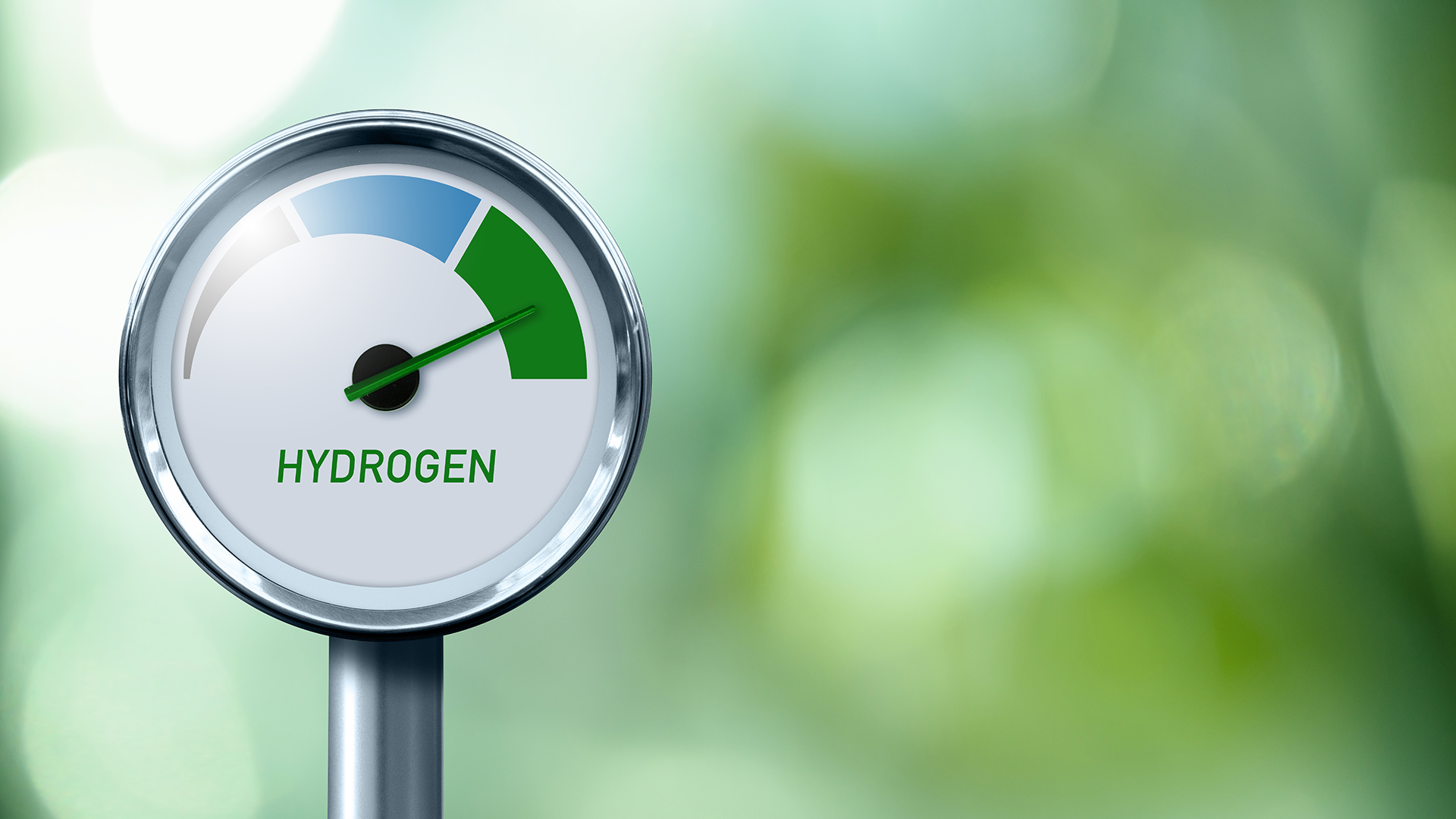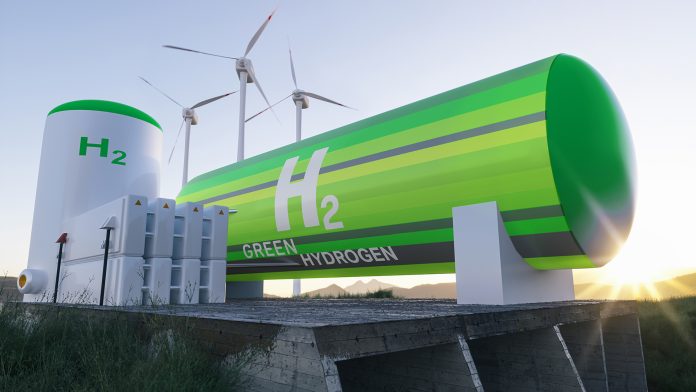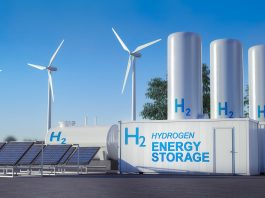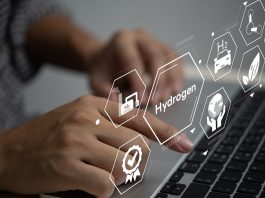The European Commission and Namibia have agreed on a roadmap for their strategic partnership on sustainable raw materials and green hydrogen.
The roadmap, which covers from 2023-2025, details the critical actions to establish EU–Namibia value chains for these raw materials and green hydrogen, of which Namibia has abundant reserves.
The strategic partnership is backed by €1bn investments from the EU, its Member States, and European financial institutions.
The collaboration will also see the EU support a study for developing the Port of Walvis Bay into an industrial and logistics hub for the region.
EU Commission President, Ursula von der Leyen, highlighted the importance of the partnership: “Thanks to its abundant renewable energy potential, Namibia is becoming a front-runner in the green hydrogen space.
“The EU is proud to be a partner in this transformative journey towards green industrialisation. Together, we can further decarbonise our economies, create jobs and ensure a more prosperous and greener future for our societies.”
Securing raw materials and green hydrogen for Europe
Robust and sustainable supply chains of raw materials and green hydrogen will be vital for the EU in achieving its clean energy objectives.
The Commission has already established three strategic raw materials partnerships with Canada, Ukraine, and Kazakhstan to bolster European supplies. Now, the EU is turning its attention to Africa.
Back in November 2022, the EU and Namibia signed a Memorandum of Understanding (MoU) for their raw materials and green hydrogen partnership.
This MoU detailed six pillars, which include:
- Strengthening Value Chain Integration: Collaborating with industry stakeholders to identify, promote, and facilitate cooperation in the exploration and commercial development of critical raw materials projects as a means of enhancing the integration of value chains;
- Environmental, Social, and Governance Collaboration: Working together to harness environmental, social, and governance criteria. This includes activities such as mapping and evaluating abandoned mines and providing support to Namibia in utilising Earth Observation and remote sensing techniques for resource exploration, land use planning, and management;
- Securing Infrastructure Funding: Mobilising financial resources for both the soft and hard infrastructure elements. This encompasses projects related to mining, refining, and green mineral processing, including water, rail, and renewable energy. Additionally, funds will be allocated for the upgrade of key transportation networks, including ports, railways, and roads;
- Enhancing Capacity and Skills: Identifying and addressing training and skill development requirements along the critical raw material and green hydrogen value chains. This will involve bolstering technical and vocational training through collaboration between Team Europe and industry partners;
- Promoting Research and Innovation: Facilitating studies and joint research initiatives that span the entire critical raw material value chain. This cooperative approach will also promote research and business networking activities; and
- Regulatory Alignment and Strategic Development: Providing support to Namibia in formulating a national strategy for critical raw materials and enacting legislation, such as a synthetic fuels act, to establish an enabling environment for the hydrogen and synthetic fuels industry. This will ensure alignment with international standards and certification for green fuels.
The new operational roadmap highlights specific actions to be taken over the next two years to fulfil these six pillars.

© shutterstock/Scharfsinn
President of Namibia, Hage Geingob, commented: “Namibia recognises that its world-class renewable energy resources provide a strong foundation upon which we will build a sustainable and impactful green industrial base.
“Namibia is also cognisant that to fully capture the opportunity at hand, we will have to mobilise fit-for-purpose capital that appropriately prices risk in order to optimise the cost of said capital. This is a key element that will form the cornerstone of this transformative partnership with the EU.”
Developing the Port of Walvis Bay
The EU is supporting a study to advance the Port of Walvis Bay into a strategic hub for sustainable raw materials and green hydrogen trade.
The entry point from the Atlantic side of the Walvis Bay – known as the Maputo Corridor – is one of 11 strategic corridors the EU plans to support as part of the U-Africa Global Gateway Investment Package.
The location is perfectly situated to unlock international trade to the Southern African development community, which hosts over 300 million people.
The Port of Antwerp and Bruges International will receive EU support to design a strategy covering multimodal infrastructure, spatial planning, and market organisation for the Port of Walvis Bay, helping it evolve into a critical hub for the sustainable raw materials and green hydrogen economy.









